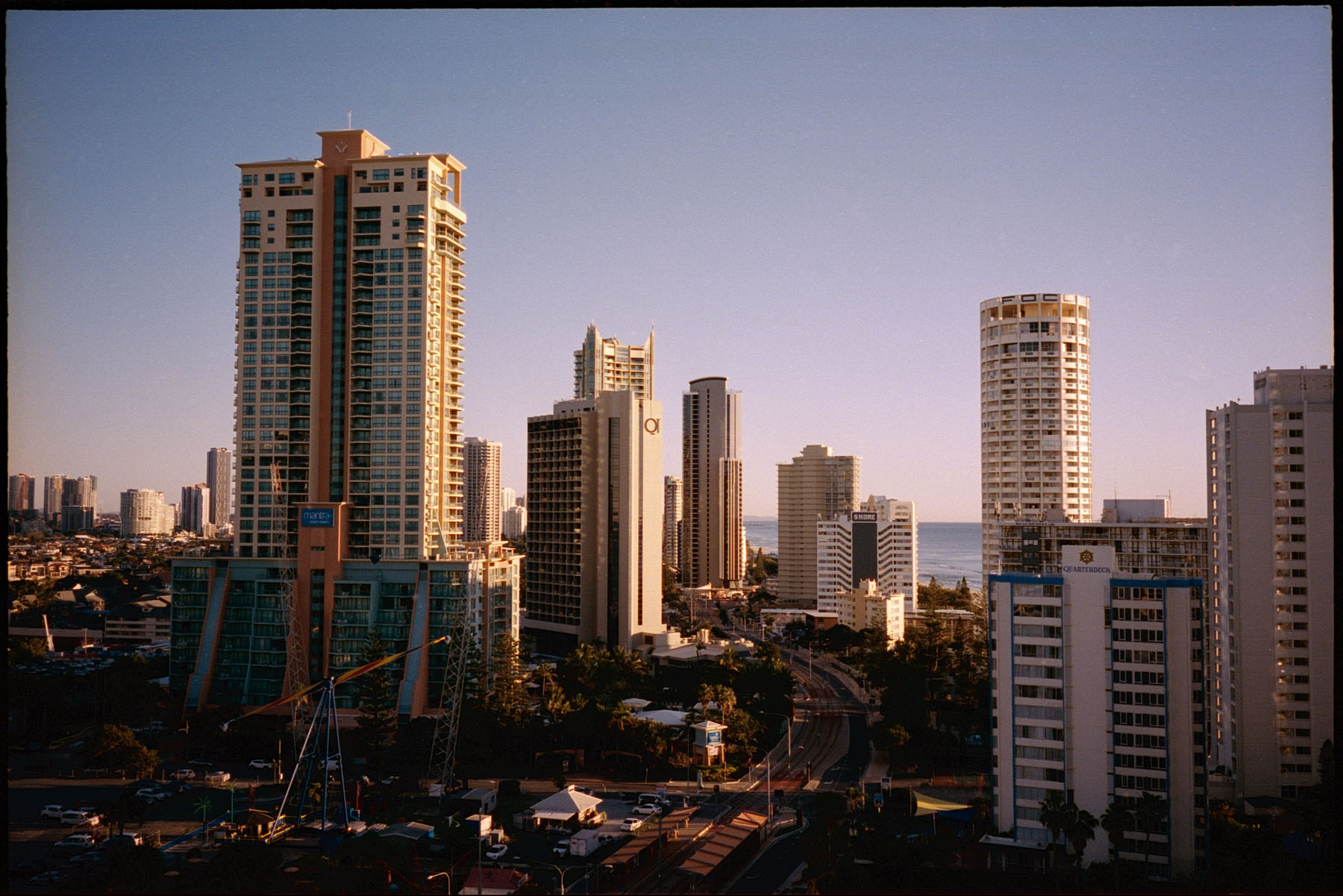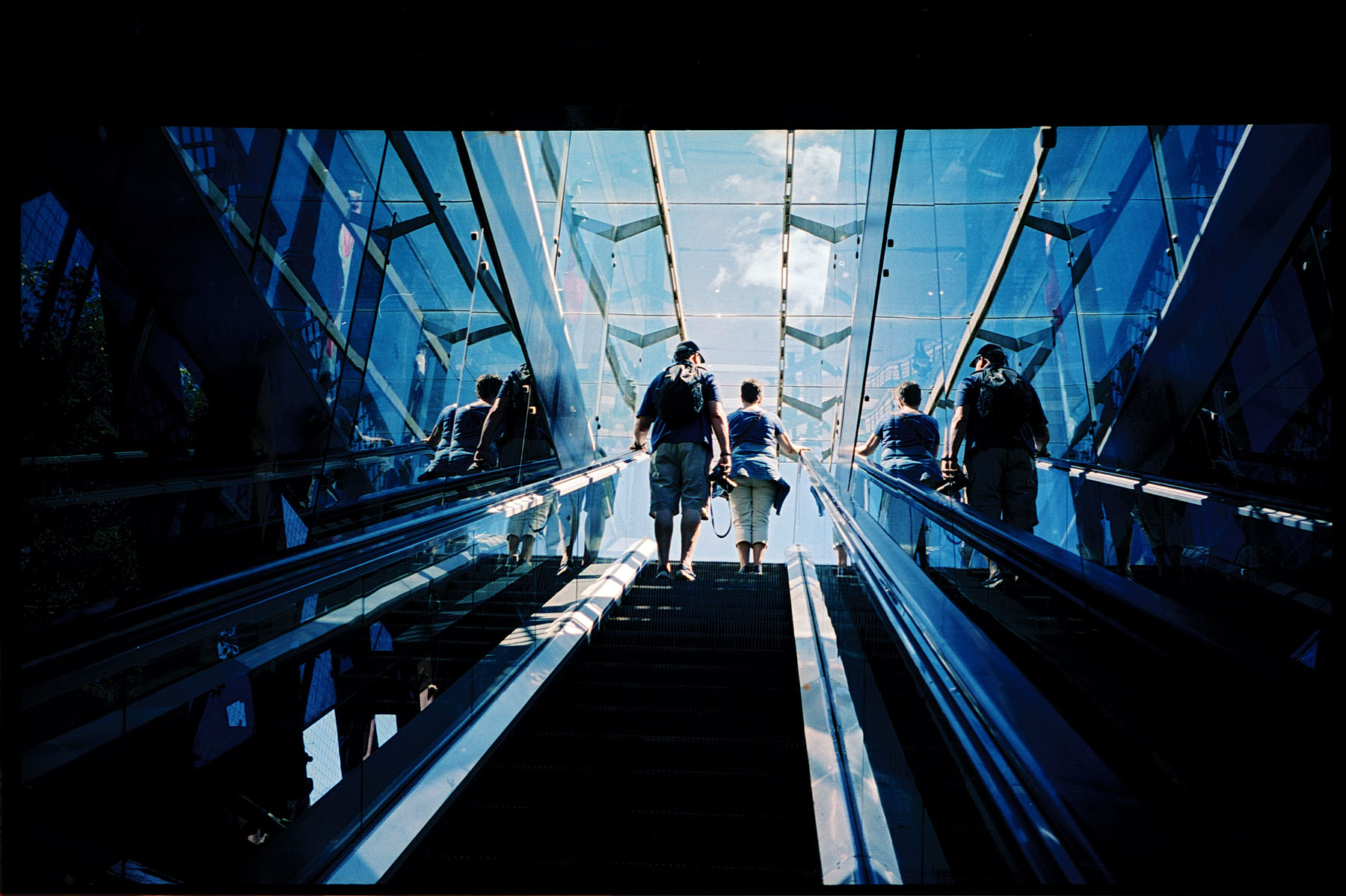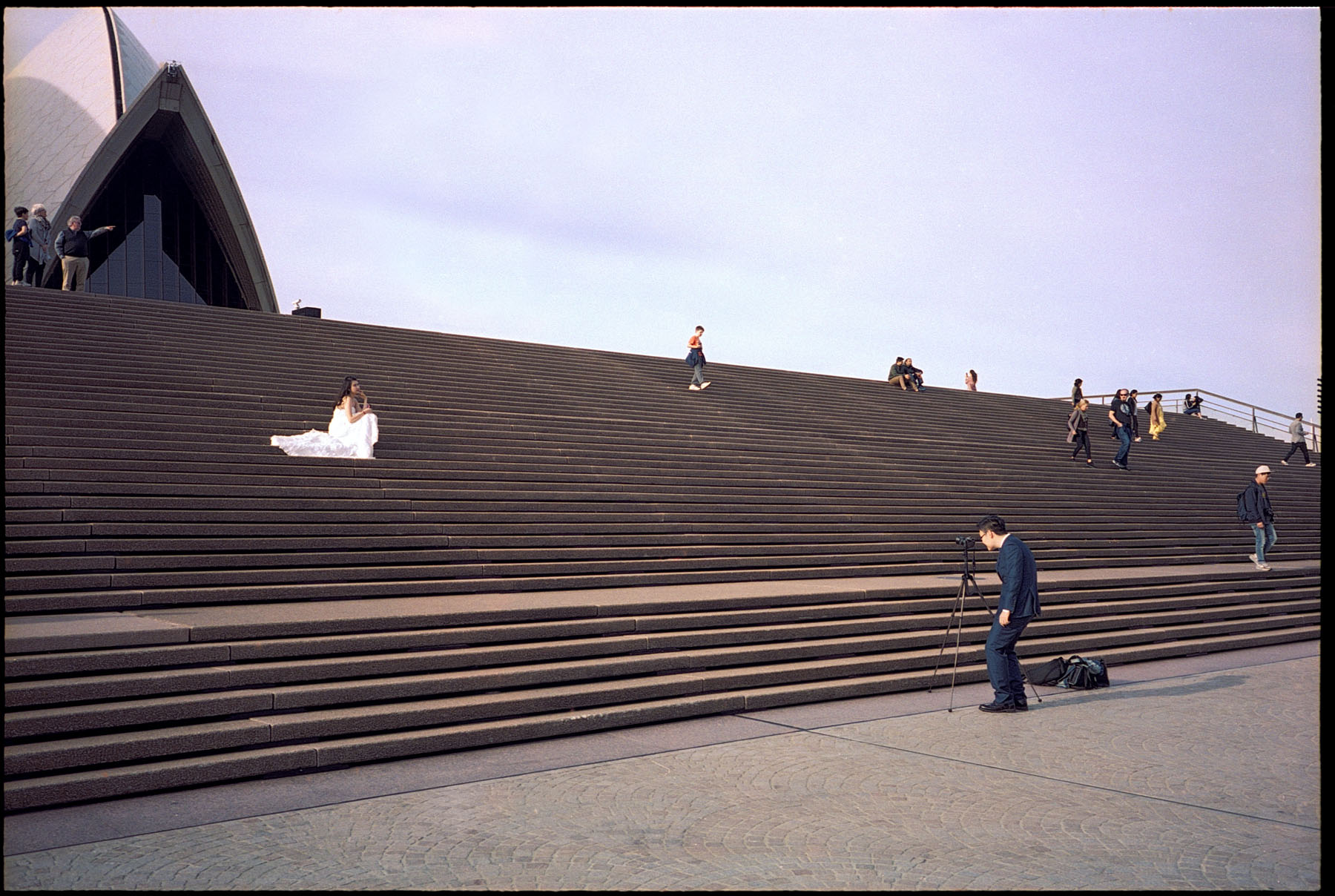I don’t travel a lot. But I really enjoy every holiday trip and also love taking photos during the trip. I love taking photos of my kids, my family, and documenting what we did, what we saw. But just like a lot of you, I have collected quite a few cameras over the years. Choosing which camera to bring to the trip is always a bit of first world problem.
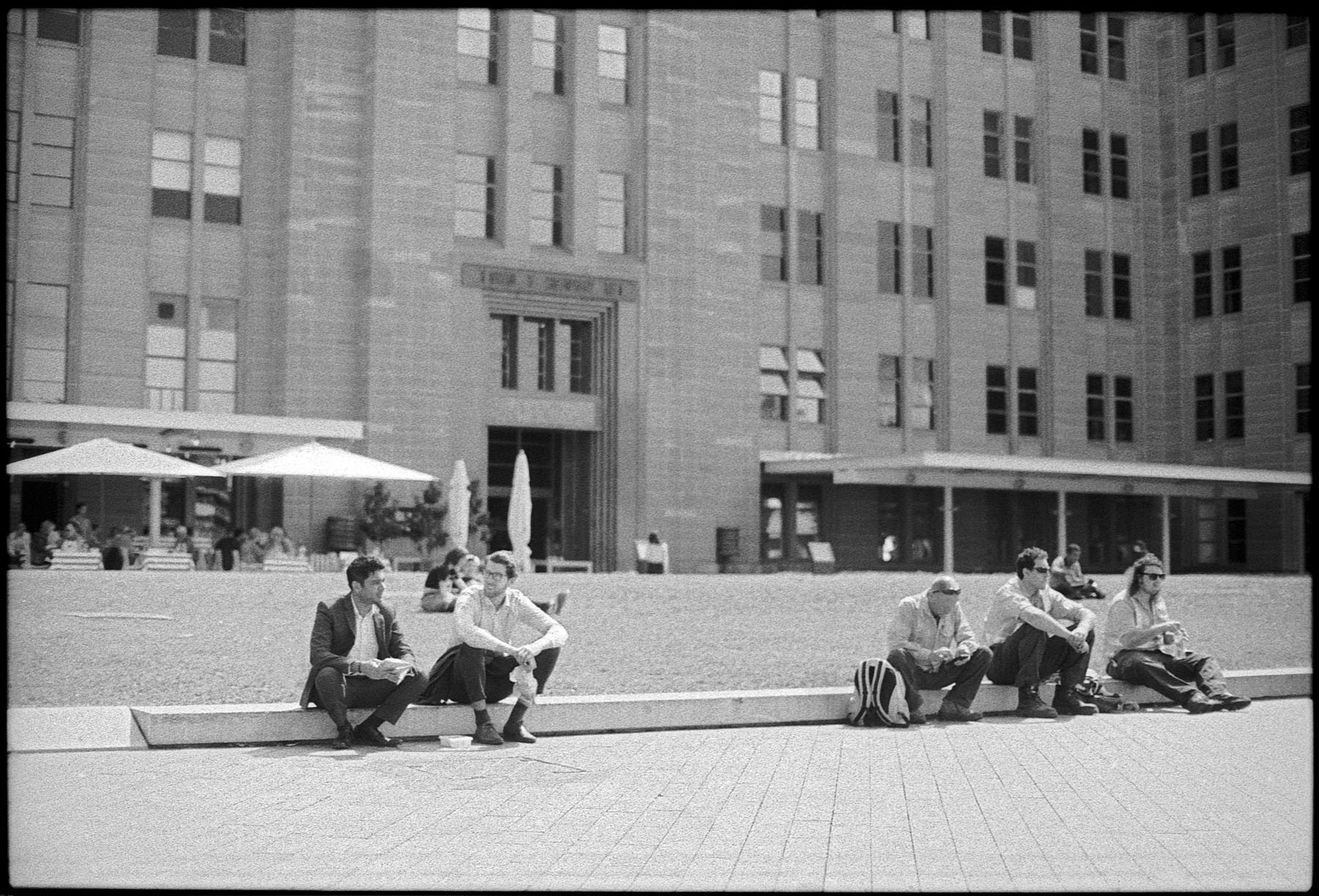 Nikon F3 | Nikon AIS 50mm f/1.2 | Ilford HP5+ @ 1600
Nikon F3 | Nikon AIS 50mm f/1.2 | Ilford HP5+ @ 1600
In the past, I have experimented with various options. I have tried bringing my full frame Nikon DSLR with a collection of my best (i.e. heaviest) lenses, I’ve tried micro four third camera with a few small prime lenses, I’ve also tried bringing just a small compact camera. Each option has it’s pros and cons but I always feel the camera I left at home is actually the better camera for the trip. Not surprisingly, I still haven’t settle down on what is my ultimate travel photography kit yet.
At the beginning of the year, we decided we want to visit Australia this year and since then I’ve thinking about what camera should I bring this time.
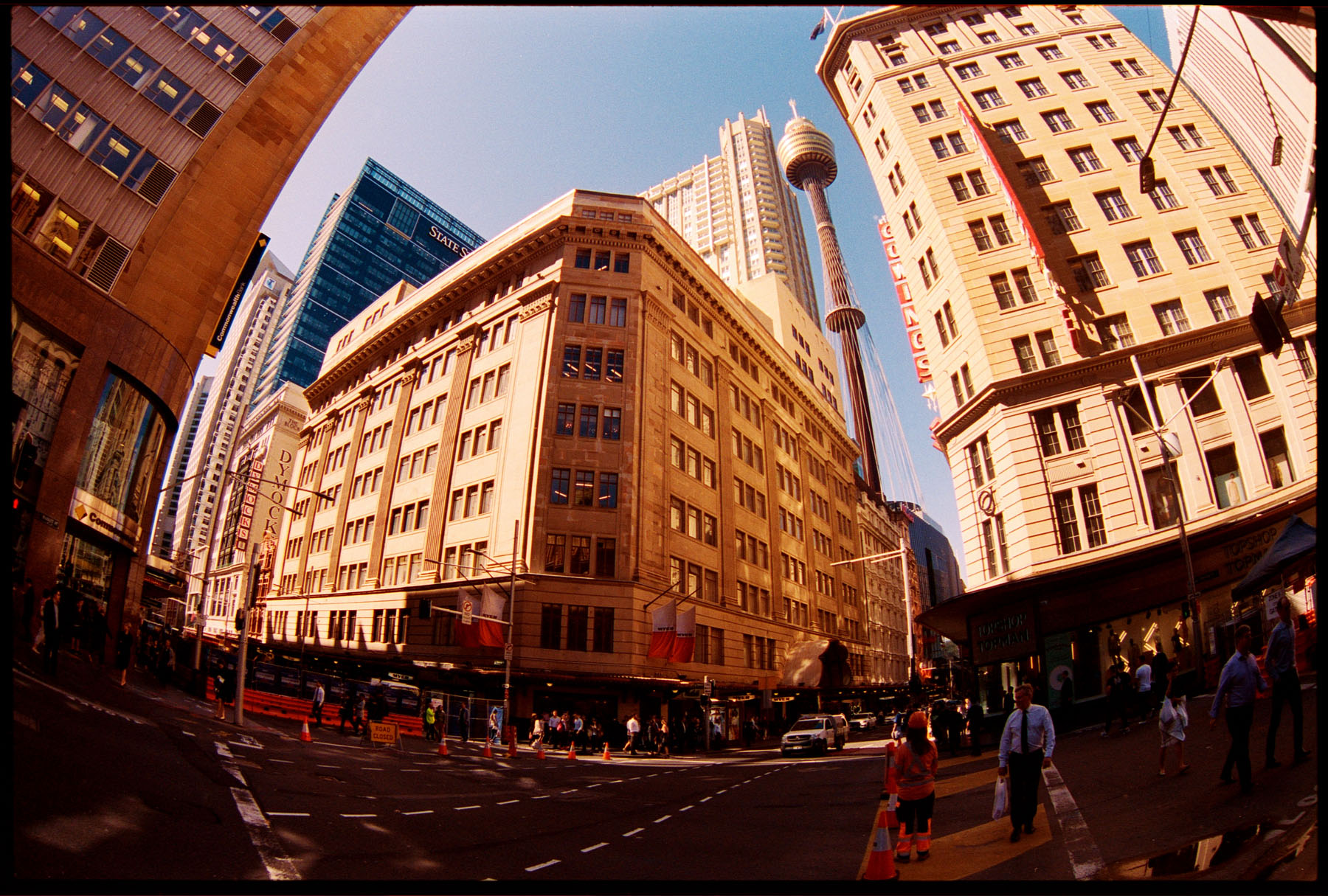 Nikon F3 | Zenitar 16mm f/2.8 fisheye | Kodak Portra 400
Nikon F3 | Zenitar 16mm f/2.8 fisheye | Kodak Portra 400
If you follow me on flickr, you would have noticed I’ve started shooting with film cameras again since the beginning of the year and I’m really enjoying it. So I asked myself the question: “Should I just bring a film camera this time?”
“Yes!” I answered myself. “I will shoot film, and film only for this trip.”
“That sounds great, but are you really sure? Do you trust your old film camera so much? How about a hybrid film and digital camera solution? It will surely be more versatile and safer?”
“Hm….. errr……yeah nah. Just the film camera.” I told myself.
And the reason is, frankly I still don’t feel very secure when shooting film, I guess it’s my lack of confidence to myself. If I bring both a film and a digital camera, I know I will shoot a photo with my film camera first, then bring out the digital camera and take another photo as backup, or maybe two, or a few more.
And it pretty much defeated why I want to shoot film again. I want to shoot less and shoot slower. Shooting both film and digital means I would shoot more, and faster.
Another problem I can foresee is that after the trip, it would take me quite some time to have all my film developed and scanned. By the time I got all the photos from my film camera scanned, I would have gone through my digital photos already. This effectively makes my film camera the backup. Again, contrary to why I want to carry my film camera.
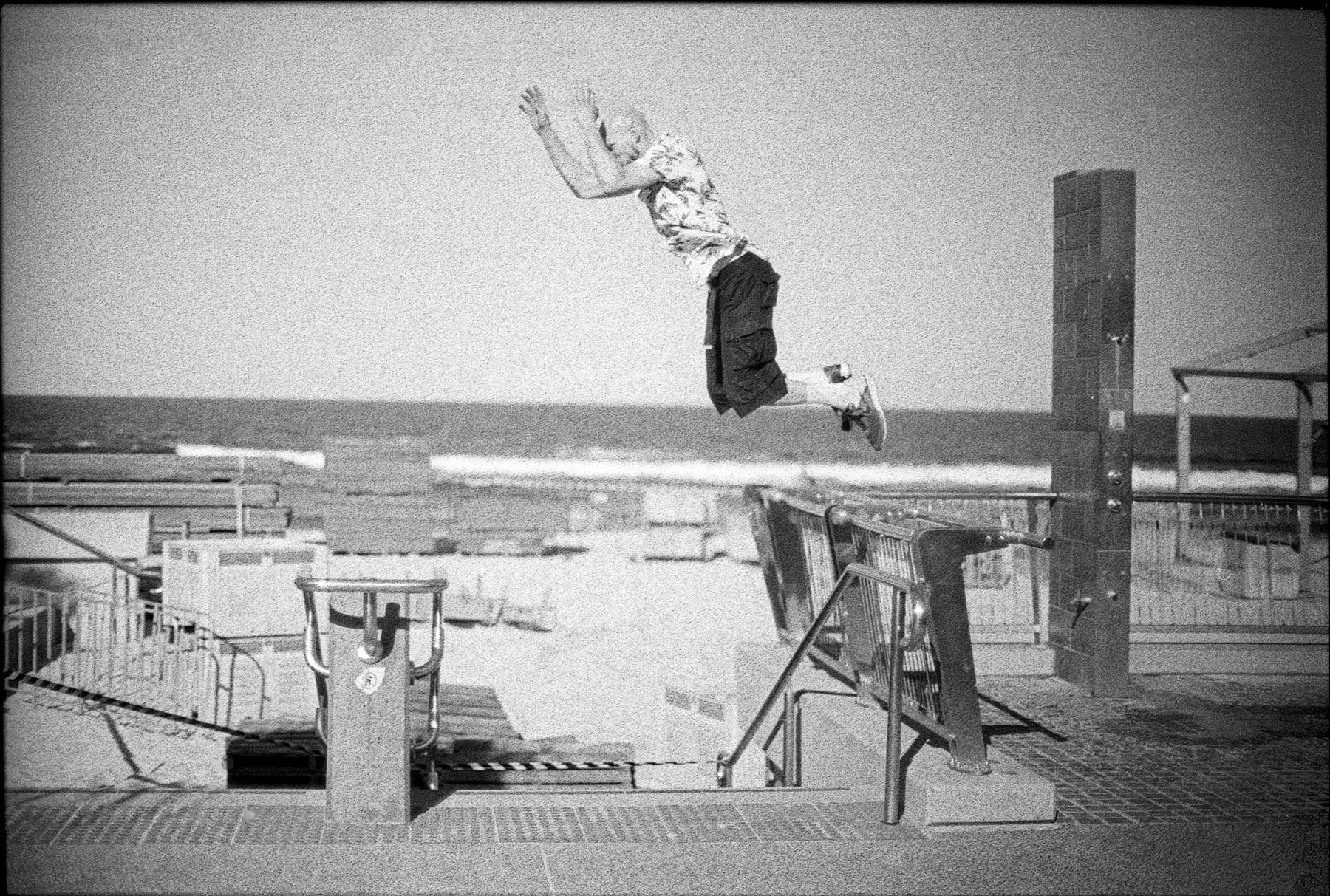 Nikon F3 | Nikon AIS 50mm f/1.2 | Ilford HP5+ @ 1600
Nikon F3 | Nikon AIS 50mm f/1.2 | Ilford HP5+ @ 1600
It was a really tough decision. It didn’t help when I picked up a brand new, yet to announce (back then) camera from Panasonic just a week or so before the trip which has some really cool photo features and also shoot amazing 4K videos. That would be perfect for the trip. A lot of internal conflicts but in the end I made up my mind.
Digital cameras you all stay at home. And if I want to take video, I will just use my phone.
So which film camera should I take with me? I don’t really want to bring a lot of gear as it’s a family trip and we will probably walk around quite a bit. (and I’m getting lazier).
My favourite film camera is the Nikon F3 and I definitely want to take it with me. As for the lens, I decided to mount the Nikon AIS 50mm f/1.2 on the camera and also bring along my Zenitar 16mm f/2.8 fisheye lens. I was also tempted to bring my Zeiss Distagon 35mm f/2 as well but didn’t bring it because of the reason I’ll explain next.
But while I would love to shoot everything using my manual focus F3, knowing that most of my photos will be photos of my kids who almost never stop, I want to bring along an autofocus camera as well. At first I was thinking of bringing my Konica Hexar AF as it’s my best street photography camera. Autofocus is fast, it’s amazingly quiet and it’s got a nice f/2 lens. But in the end I grabbed the Nikon 35Ti for two reasons.
1. It’s smaller than the Hexar. 2. It has a built-in flash.
And because of the 35Ti has a 35mm lens (just like the Hexar AF), the 35mm Zeiss lens stay at home as well to minimise the amount of gear I carry.
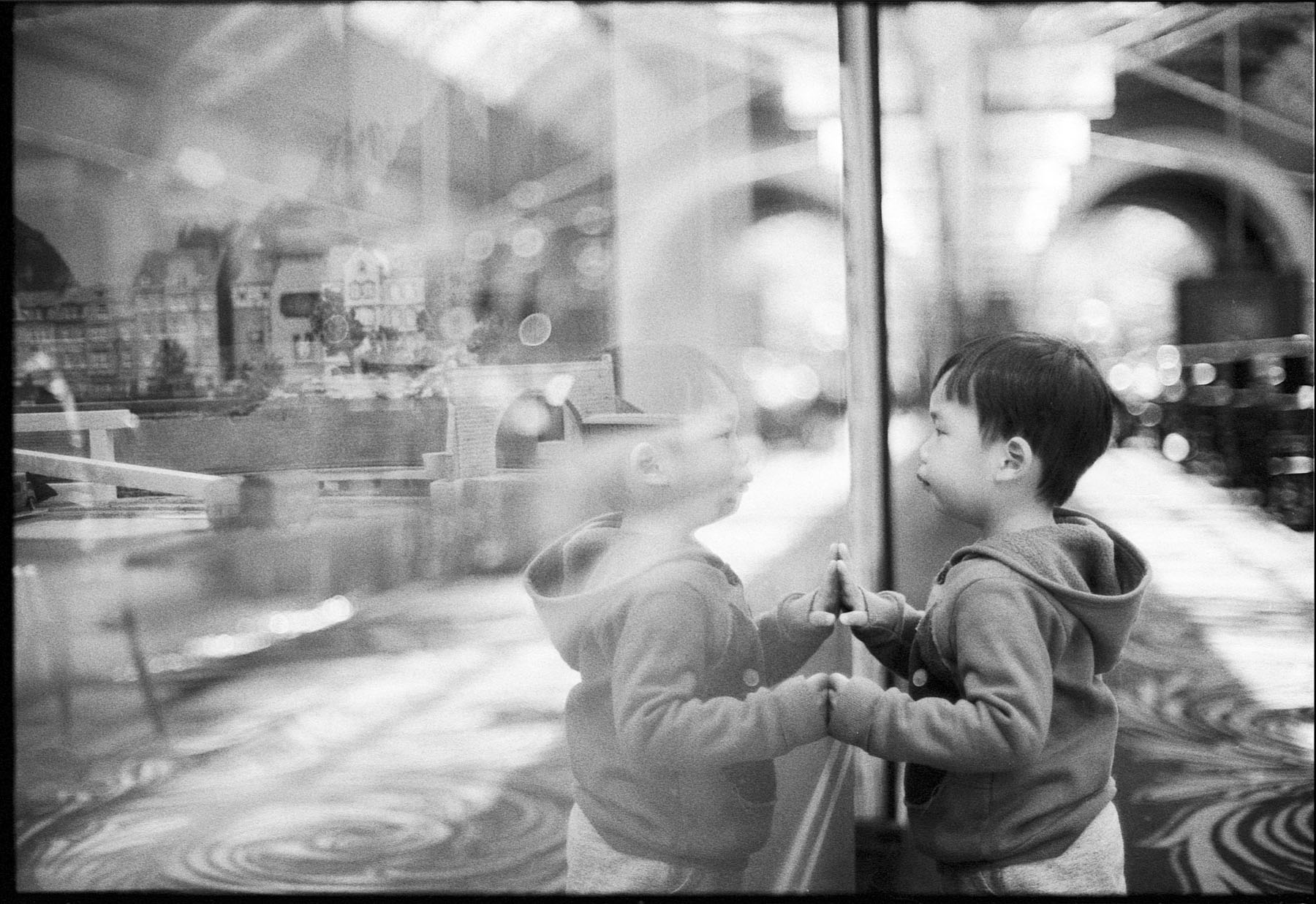 Nikon F3 | Nikon AIS 50mm f/1.2 | Ilford HP5+ @ 1600
Nikon F3 | Nikon AIS 50mm f/1.2 | Ilford HP5+ @ 1600
I got the camera now, what about film? I want to shoot both colour and black & white as I believe they both good at capturing different kind of photos. Since it’s not that easy to buy film these days, especially when you are in a city you don’t know that well, I need to bring enough film to last the whole trip. I packed 10 rolls of Kodak Portra 400 and 10 rolls of Ilford HP5+ for my 9 days trip.
One major difference between shooting with a digital and a film camera is that with a digital camera, you can adjust the ISO setting anytime, for any individual frame. But with a film camera, you have to pick the film speed and you’ll be stuck with that speed until you finish that roll. So you really have to choose the film speed carefully. It’s a big restriction but can be mostly solved by better planning.
One good thing about taking two cameras is that I can load film of different speed into each camera to give me a bit more flexibility. During the trip I mostly load the Kodak Portra 400 into my 35Ti for the day time photos. And I load the Ilford HP5+ into my F3 and push to 1600 to handle the darker scenes.
I also took a ND8 filter so I don’t have to stop down my F3 too much when shooting during the day. The only other item I took is a small Sirui travel tripod.
Everything including the tripod fit in my Manfrotto messenger bag easily with spaces for my other daily stuff. Great!
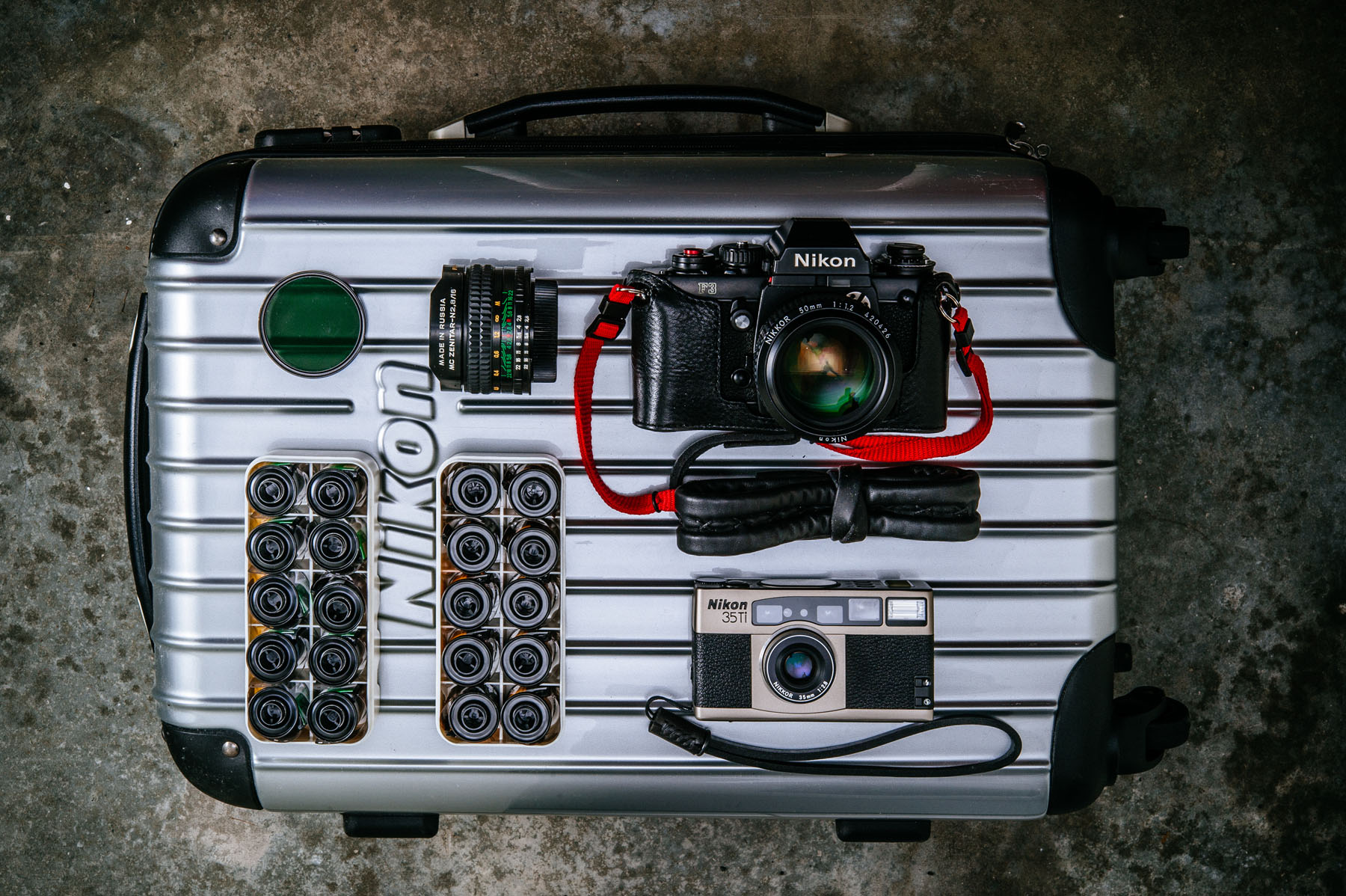 Here are the camera gears I took plus a small tripod minus the Nikon case
Here are the camera gears I took plus a small tripod minus the Nikon case
So I’m now already back from the trip. And how did it go?
I love it! It was a very refreshing experience.
I shot almost 12 rolls of film during my 9 days trip. That is about 400 photos in total or just over 40 photos a day. It is still quite a lot of photos and more than I expected. But then I probably would have took heaps more photos if I brought my digital camera instead.
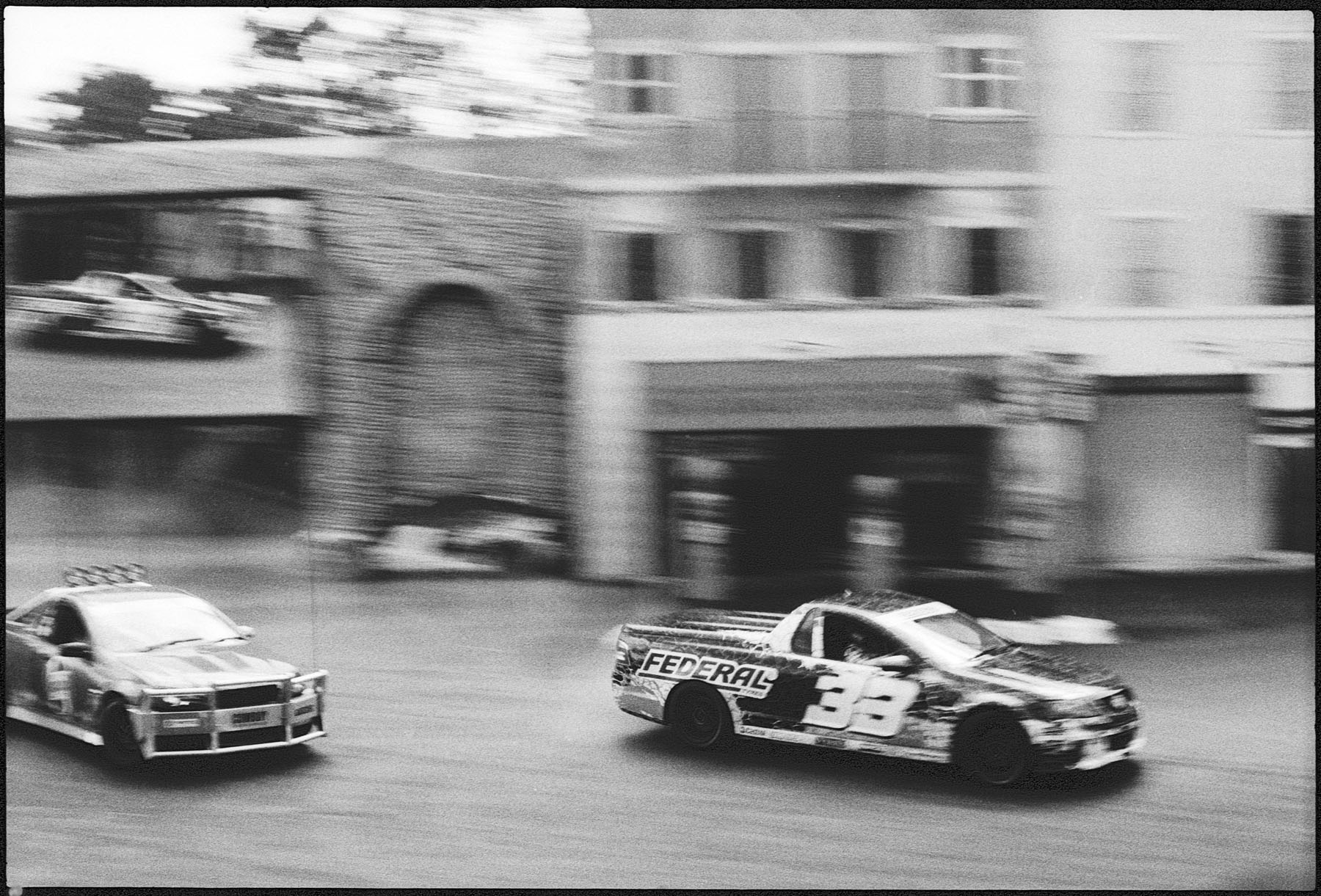 Nikon F3 | Nikon AIS 50mm f/1.2 | Ilford HP5+ @ 1600
Nikon F3 | Nikon AIS 50mm f/1.2 | Ilford HP5+ @ 1600
Frankly there was quite a bit of uncertainty feeling during the trip as I have no idea how the photos would turn out. I was quite worried that something bad might happen to my film and I don’t want to end up without any good photos from my trip. Paranoid, paranoid, paranoid!
Fortunately even though I shot a lot less photos and didn’t have a LCD screen to check my photos immediately after I took them, the photos turned out not too bad.
Compare to my previous trips when I only took my digital cameras, shooting film made me enjoy both photography and the trip more.
The biggest difference between shooting with film and digital camera is that each frame cost money and I only have limited rolls of film in my bag. I have to think carefully before each time I click the shutter. I shot a lot slower and gave a lot more though before I click the shutter.I paid a lot more attention to my composition, to smaller details. The slower pace makes me enjoy the process of taking photos a lot more.
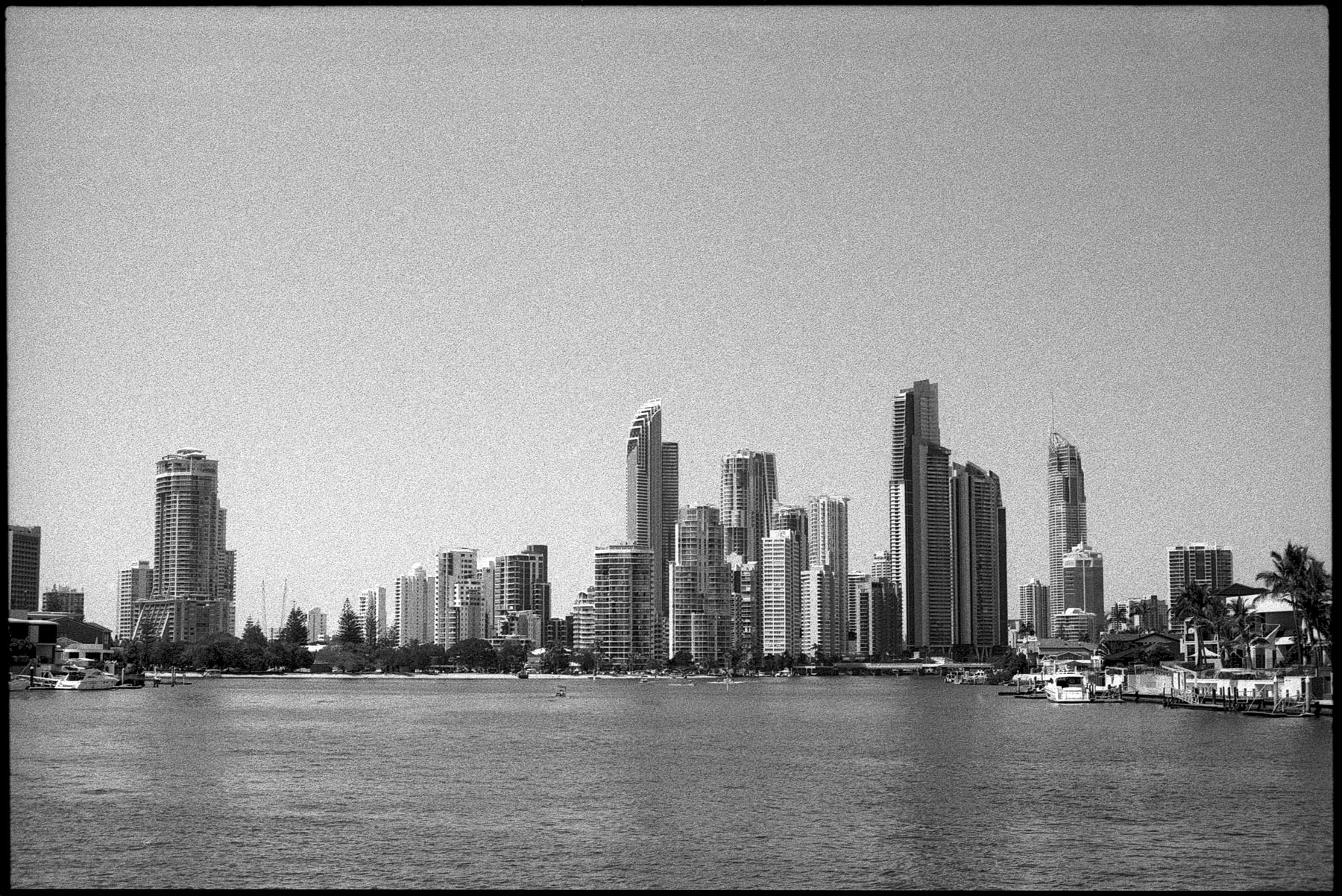 Nikon F3 | Nikon AIS 50mm f/1.2 | Ilford HP5+ @ 1600
Nikon F3 | Nikon AIS 50mm f/1.2 | Ilford HP5+ @ 1600
Over the last 10 years, shooting digital gave me some really bad habits. After taking photos with my digital camera, I would immediately examine the photo at maximum magnification. If the photo isn’t 100% sharp or maybe focus is slightly off, I would press the delete button on the camera straight away. If the photo is ok, I’ll then move on to the next photo. It’s not uncommon I would completely ignore the rest of the world until I’ve finished chimping through the photos I just took.
With a film camera, there is no LCD screen for me to chimp my photo and examine the pixels. I can immediately detach my mind from the camera after taking a photo and enjoy the next moment with the family.
And once the photos are developed, I also don’t mind too much if the photo is slightly blurry or mis-focused. The analog photos remind myself that I’m shooting photos, not shooting pixels. If the photo is a bit soft or out of focus, that’s fine as long as the photo composition, timing..etc is good.
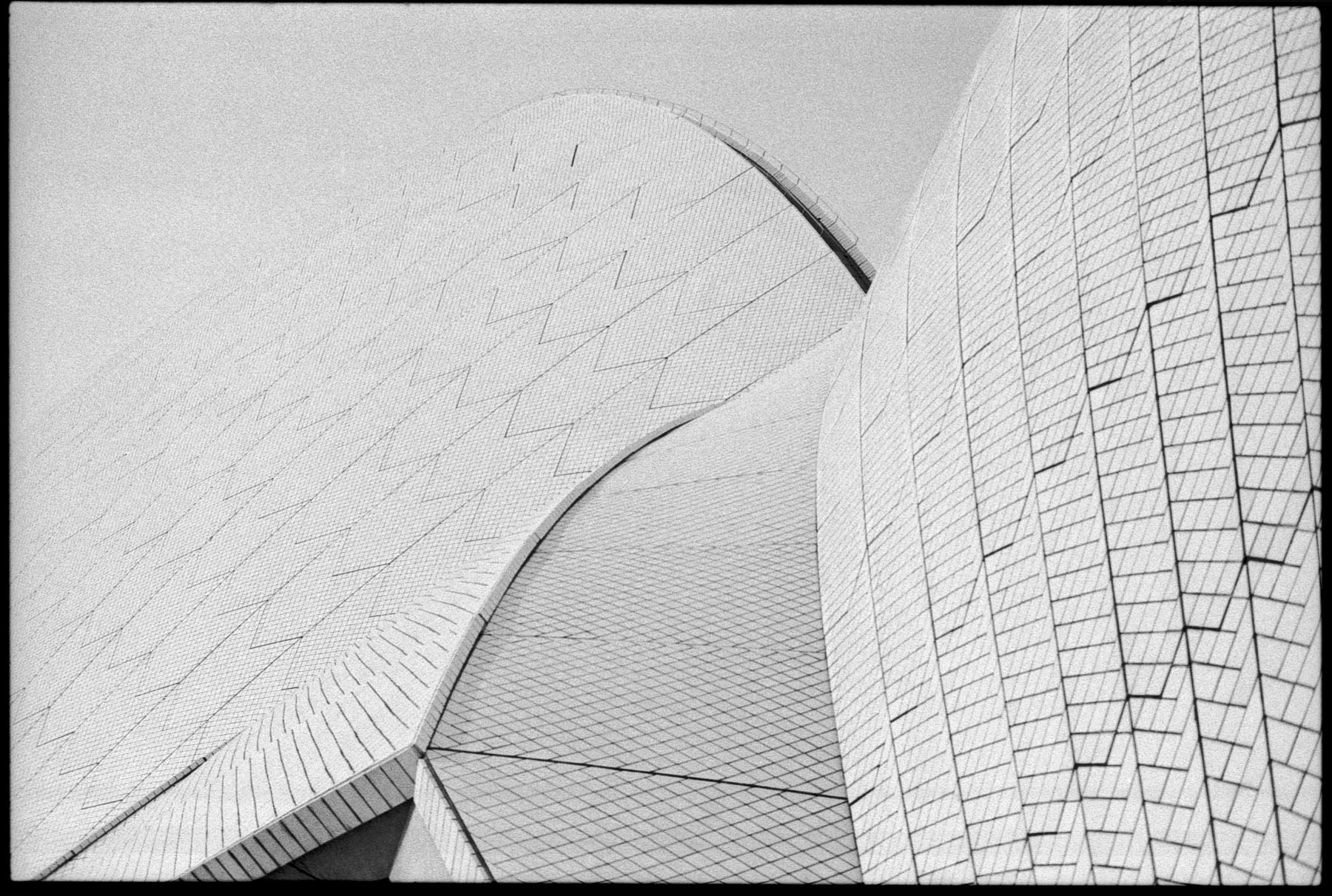 Nikon F3 | Nikon AIS 50mm f/1.2 | Ilford HP5+ @ 1600
Nikon F3 | Nikon AIS 50mm f/1.2 | Ilford HP5+ @ 1600
Taking photos with the F3 always make me feel great. Unlike the latest digital camera that has really advanced metering, autofocus system, image stabiliser..etc that does so many things for us, the F3 is a lot more primitive, and you the photographer are the one in control of pretty much everything. Pulling that super smooth film advance lever. Using the buttery smooth focusing ring to slowly sharpen and solidify your subject from bokeh. Seeing everything through that big and bright optical viewfinder. Then finally press the shutter button to capture the photo I want. It just feels so good, so soothing and damn rewarding.
On the other hand, while the 35Ti is a premium compact camera with quite a lot of manual settings (and those beautiful dials at the top), it’s really a point and shoot camera. With the Nikon matrix metering, I can really just turn to P mode and shoot it without having to adjust any settings. It’s opposite to the F3 where almost everything is manual. Taking photos with the 35Ti is definitely doesn’t feel as rewarding as the F3, but together they are both good cameras that supplement each other. When travelling with the family and kids, a lot of time I just don’t have the time or hand to shoot slowly using the F3. The built-in flash is really handy too and the results is better than I expected. While it’s unavoidable the flash is slightly harsh because of the position, the flash light balance with the ambient light is surprisingly good and I didn’t even have one single blown out photo caused by the camera flash. I guess it’s partly thanks to negative film’s wide highlight latitude.
The biggest limitation I found with the film cameras was that even after pushing the film to 1600 and shoot with a f/1.2 lens, quite often my shutter speed still dropped to really slow when I’m shooting under low light. I guess I have been spoiled by my full frame DSLR’s amazing five or even six digits ISO performance. Of course people have been taking photo under dim lighting before digital cameras were invented, I just have to stop being lazy and rely on the camera’s brute high ISO performance.
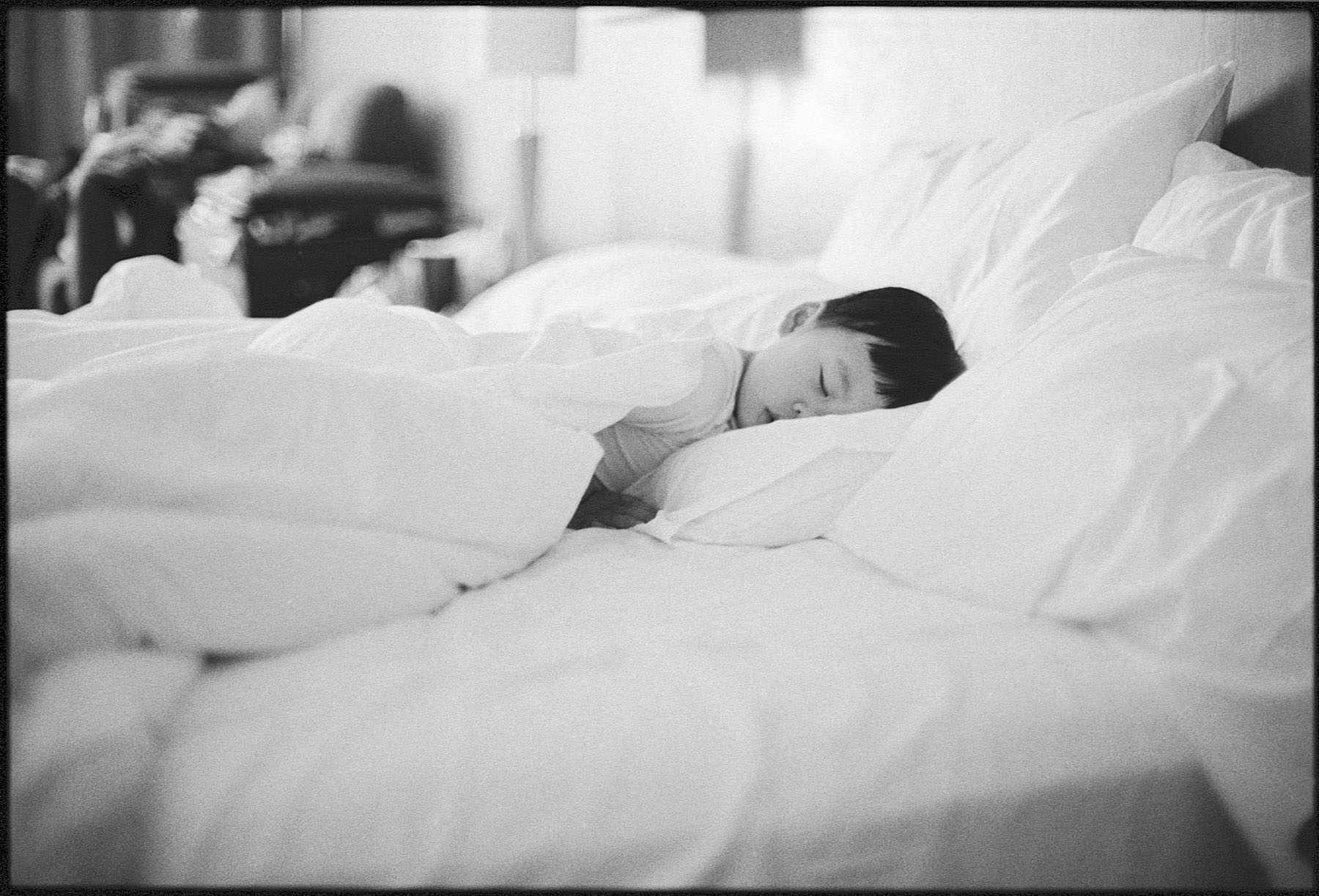 Nikon F3 | Nikon AIS 50mm f/1.2 | Ilford HP5+ @ 1600
Nikon F3 | Nikon AIS 50mm f/1.2 | Ilford HP5+ @ 1600
Even at f/1.2 with 1600 film, I still don’t have enough light. I setup a tripod to take this shot as it was early in the morning and the room was too dark
I can’t remember when was the last time I flied with a film camera. But I remember the last time I had an oversea trip with film camera I was shooting with my Minolta 500si and digital camera was still in its infancy state. Things have changed a lot since then and going through Customs with film in 2016 is quite an interesting experience.
If you are new to film photography, please remember never put your undeveloped film in your check-in luggage as the high intensity X-ray machine the airport used to scan your check-in luggage could easily ruin your film. You may get lucky but I wouldn’t want to risk my film. So yes always put all your undeveloped film (exposed or not) in your hand carry bag.
Now while I’m quite sure my Kodak Portra 400 would be fine through the X-ray machines the airport use to examine our hand carry bags, I was a bit worried about my Ilford HP5+ as I push them to 1600 and my trip involves 3 flights which means I need to go though 3 checkpoints (end up being 4 as the Gold Coast airport requires international travellers to go through the bags check twice). Google cant give me a very conclusive answer whether 1600 film is safe or not. So when I was going through the Customs check point, I did tell the Customs Officers that I have some film in my bag. All the Customs Officer I talked to would pause for a few seconds, then went and check with someone else. It’s almost like this is the first time they heard of someone carrying this high-tech gadget called film and not sure how to handle it. Eventually they would come back and tell me their X-ray machine is fine.
Frankly I wasn’t 100% sure if their X-ray machine is really fine, but I can only believe what they said. And Im glad they are right as I don’t see anything wrong with all my photos. The Kodak Portra 400 is fine, and also my Ilford HP5+ pushed to 1600 is fine.
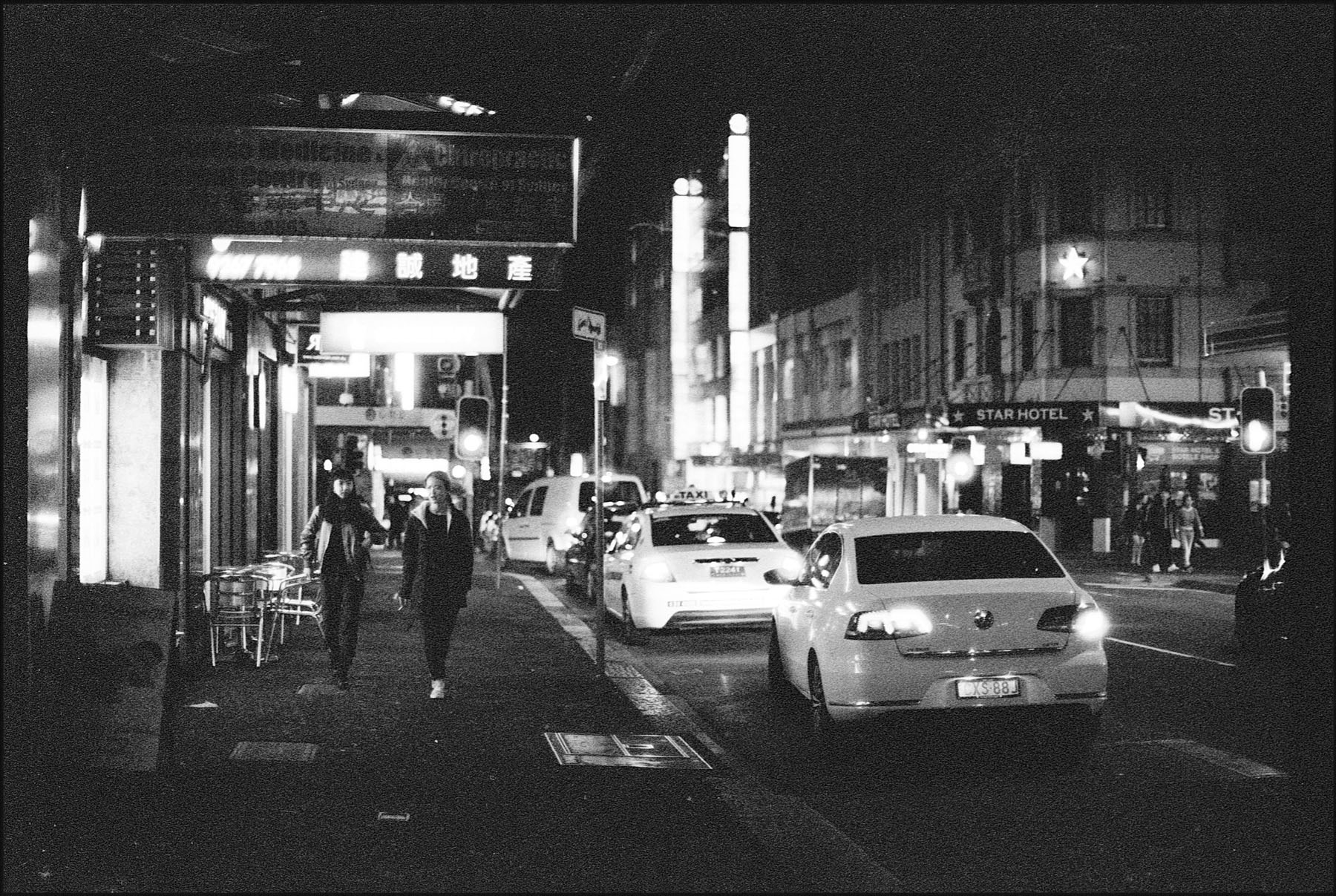 Nikon F3 | Nikon AIS 50mm f/1.2 | Ilford HP5+ @ 1600
Nikon F3 | Nikon AIS 50mm f/1.2 | Ilford HP5+ @ 1600
So would I travel with film camera again?
Absolutely!
I won’t say the film photos are better quality than digital. But I do really love film photo’s aesthetic, how it renders highlight, the film grain…etc I shot a lot less photos during this trip but the number of keepers I got in the end is quite similar to my previous trips with digital camera. The keep rate is definitely a lot higher. And when I was seeing through the photos, each of them would bring back a stronger memory as I paid a lot more attention when I was capturing each photo.
But most importantly, I just really like shooting with old film cameras. They gave me a lot more restrictions and I need to do a lot more to get around most of the restrictions. It forces me to think harder and helps me bring out more creativity and problem solving skills. In the end I feel a lot more rewarding and definitely more fun.
So if you are travelling soon and you have a film camera you could use? I would suggest you give it a try. Leave your digital camera at home and take your film camera instead. I can’t guarantee you’ll love it but you’ll never know unless you give it a try.
If you have similar experience, I would love to hear your story.
Richard
Richard is a multi-award winning wedding/portrait photographer based in Auckland, New Zealand. Richard’s website is www.photobyrichard.com
https://www.facebook.com/ReviewByRichard
All photos and text Copyright© 2016 www.photobyrichard.com. All photos and text may not be copied or reproduced in any format without obtaining written permissions
 Nikon F3 | Nikon AIS 50mm f/1.2 | Ilford HP5+ @ 1600
Nikon F3 | Nikon AIS 50mm f/1.2 | Ilford HP5+ @ 1600
